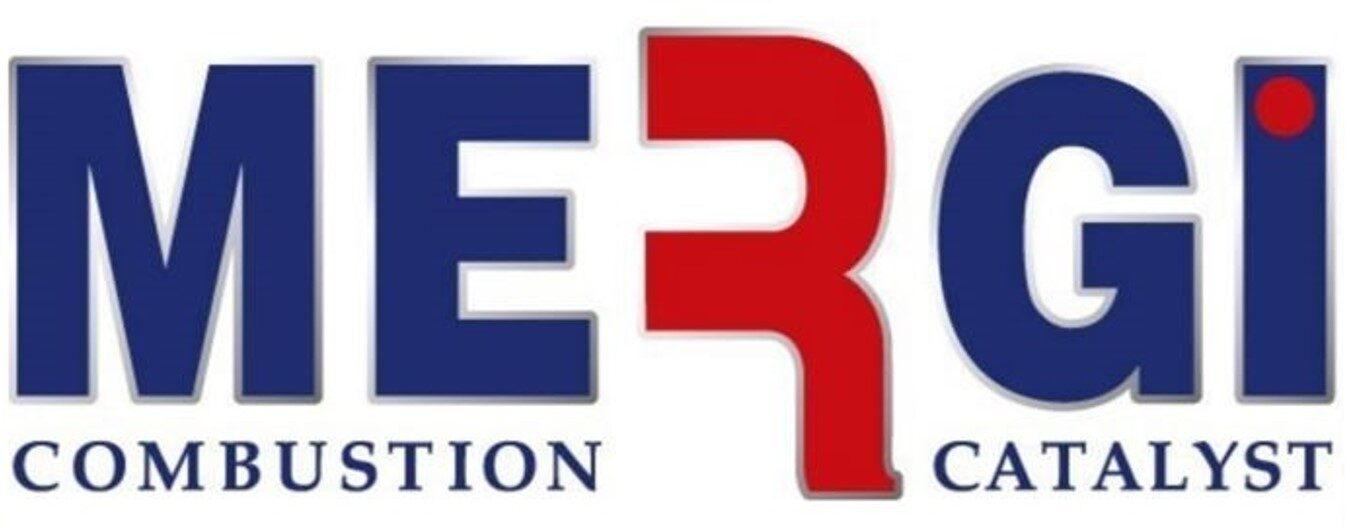Our experience shows that most ships benefit from using MERGI, although the actual effects vary from ship to ship, depending on factors such as engine type, fuel quality, and engine load/cruising speed. MERGI incurs a cost of about 1% of fuel expenses, making it crucial to verify the need for MERGI before implementing it on a permanent basis and across the entire fleet. Therefore, we recommend that tests are conducted onboard at least one representative ship in the fleet, under normal operating conditions. If the test results align with the customer’s expectations, we naturally recommend continuing and expanding the use of MERGI. Conversely, if the engine and fuel are already optimized and the tests show little or minimal effects from MERGI, we advise the client to discontinue its use.
To verify the effectiveness of MERGI under normal operating conditions, we offer two different approaches: Conventional on-board testing, executed by the crew/chief engineer in collaboration with our service personnel, and a ‘no cure, no pay’ model, where test conditions, minimum effects and a potenital delivery agreement are agreed upon upfront.
Conventional On-Board Testing
The process begins by selecting a suitable test vessel, ideally one equipped with a Continuous Emission Monitoring System (CEMS), reliable flowmeters, and engines that have demonstrated stable fuel consumption over time. Diesel-electric vessels with two independent fuel systems are preferred for controlled experiments, although we are equipped to conduct tests on various types of ships.
1
INSTALLATION AND CALIBRATION
Our technician oversees the installation and calibration of the Mergi dosing pump, which is integrated into the suction filter of the transfer pump.
2
TESTING PROCEDURE
The initial test spans 30 days, starting with the monitoring of Specific Fuel Consumption (SFC) and emissions at various engine levels using the CEMS system and SCADA. Soot levels are tested with a soot pump provided by Renergi. After establishing baseline values and confirming initial targets, Mergi dosing begins, with the crew logging daily values. Initial effects may be subtle, but a noticeable reduction in soot levels by 10% or more is expected within two weeks, indicating improved combustion efficiency. By 10-14 days, improvements in NO2, CO, PM, and fuel consumption (SFC) should be observable, with full effects reached after 4-6 months.
3
CONCLUSION AND REPORT
Upon completing the On-Board Testing, we collaborate with the client, to finalize a detailed report. This report highlights key findings and results from the tests, enabling the client to make an informed decision about continuing the use of Mergi. Should the client choose to discontinue Mergi, they may do so without any further financial commitments or obligations. This policy underscores our commitment to offering flexible and transparent services to our clients.
‘No cure, no pay’ model
We are confident in MERGI’s performance, and therefore we offer a ‘no cure, no pay’ agreement combined with on-board testing to assess MERGI’s actual effect on the ship in typical operational conditions, as illustrated below. This provides the client with a risk-free, ‘no cure, no pay’ solution, ensuring a favorable deal at every stage.
Full implementation proceeds only if and after positive outcomes are verified. If the expected savings or improvements are not realized, you benefit from having no financial obligation and gain valuable confirmation that your ship’s combustion process is already optimized.
1
TESTING AGREEMENT
The customer selects/proposes:
¤ The ship to be tested.
¤ Test criteria to trigger a purchase agreement for Mergi, eg. minimum documented reduction of 5% in NOx emissions and/or 1,5% reduction in SFOC.
¤ Any other wishes or requirements.
Renergi outlines the package:
¤ Develops a test log and proposals for test. procedures, duration, and documentation.
¤ Duration of the purchase agreement, number of ships.
¤ Purchase price/discounts.
A binding agreement on testing and consequences is entered into if both parties are “happy”.
2
ON-BOARD TESTING
Renergi assists on-board the ship with installation of dosing equipment, calibration, reference measurements, and comissioning of the test. After comissioning, the ship’s crew / chief engineer conducts and documents the remainder of the test.
Renergi supplies and covers the cost of Mergi during the test period.
If the results meet the predetermined test criteria, a purchase agreement becomes effective.
If the results do not meet the predetermined criteria, the customer is free to terminate the collaboration.
3
PURCHASE AGREEMENT AND COMISSIONING ON FLEET
The predetermined purchase agreement takes effect.
Installation of dosing pumps on all ships.
Training of the crew.
Reference measurements on additional ships (if desired).
Initiation of MERGI use on the remaining ships.
Logging of results (carried out by the customer).
